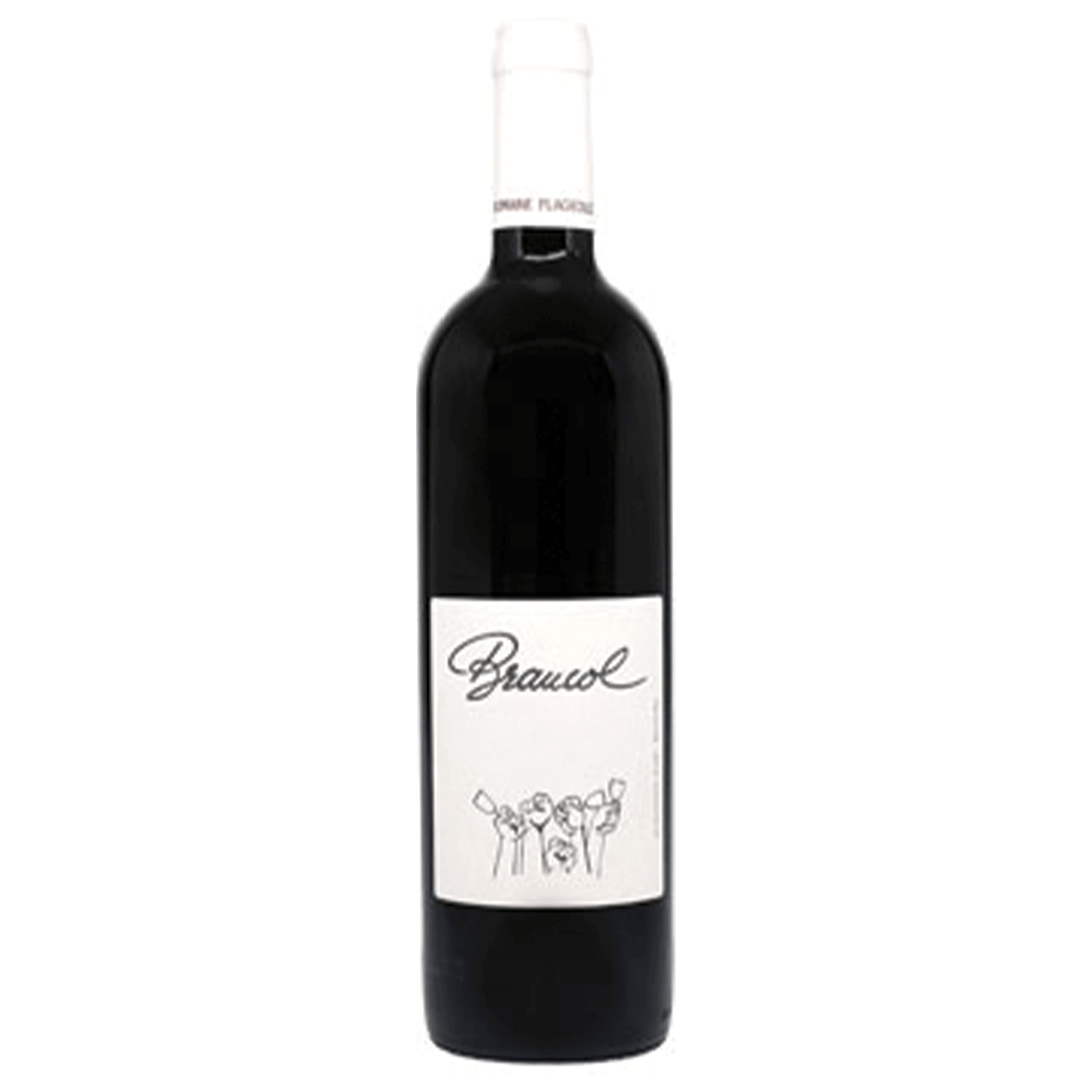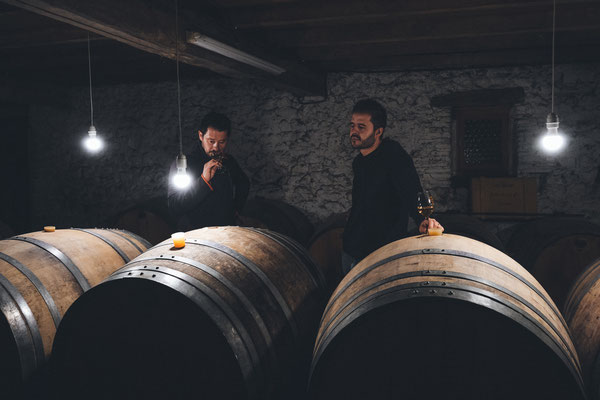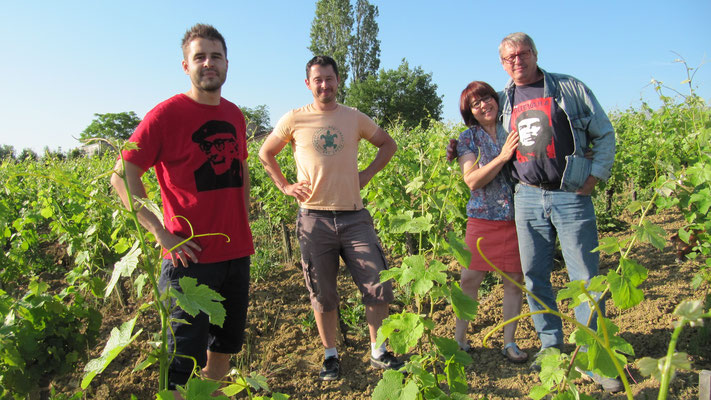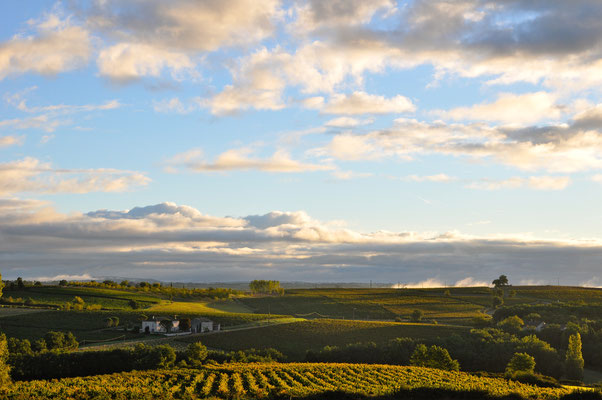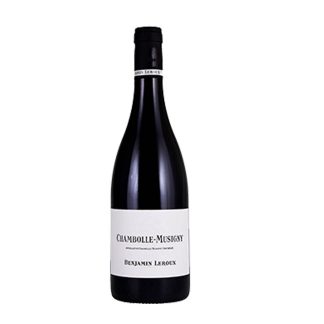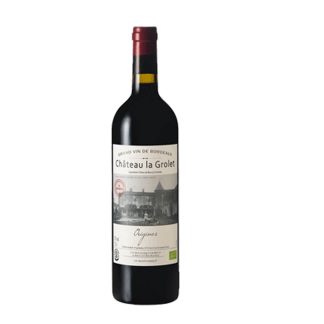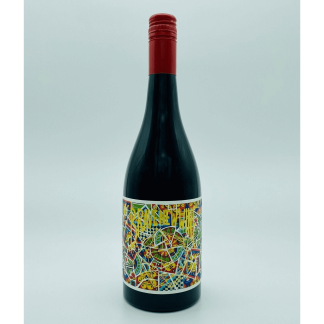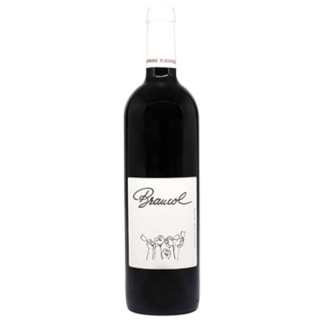Description
About Domaine Plageoles
For some of us it’s been a case of too long between drinks with the Plageoles clan, making this new parcel from Gaillac’s brightest star a sight for sore eyes and palates. And the wines, folks, have not let us down. Building on the ground-breaking work of their celebrated father and grandfather before them, it’s Florent and Romain Plageoles who carry the progressive baton today. Both Robert Plageoles and his son, Bernard, were outspoken pioneers in the defence of local grape varieties and ancestral winemaking techniques. Not only have the brothers of the new generation inherited their forebears’ infectious passion for Gaillac’s old traditions, but they are also leading a regional renaissance, making ever-better, ever more charming wines.
In an article titled “Is French wine the greatest in the world?” Andrew Jefford proposes that, “France’s intricate wine offer isn’t just due to terroir; it’s also the fruit of divine dissatisfaction.”There is no doubt divine dissatisfaction has helped to shape the quality and the style of the Plageoles offering. While the roots of this illustrious estate run deep, it has seldom read from the same hymnbook as the region’s lawmakers. Indeed, Gaillac’s most admired and influential estate (in authentic wine circles at least) does not even carry the name of the appellation.
Plageoles’ long-standing rap sheet with the syndicat includes shunning Gaillac’s so-called ‘improving’ varieties in favour of local indigenous vines. Robert Plageoles took over the running of the estate in the 1970s, going on to become a local icon for identifying and preserving many indigenous cultivars, and then pioneering their resurgence in the region. “When I taste Merlot in Corbières it makes my hair stand on end and my stomach sick. We’re in the process of betraying 2,000 years of history,” he told Jefford (in The New France). These old, born-again varieties—including the Mauzac family, Prunelart, Verdanel and Ondenc—now take pride of place in the Plageoles vineyards.
For those new to the domaine, these are among the very few Gaillac vignerons who work their soil. Even fewer hand-harvest and less still are organic. The wines—superbly crafted from miserly-yielding indigenous vines and employing low-tech, natural-yeast winemaking—are full of country pride and mouth-watering aromas and flavours. With the same brand of revolutionary glee as their elders, Florent and Romain Plageoles have instilled more precision in their white wines, while also upping the energy and bounce in their reds (through a measure of carbonic).
They are some of the most delicious and great value, off-the-beaten-track wines we ship, and they are a persuasive reminder as to why this region was once so renowned. Gaillac’s wines were fashionable in the Middle Ages, drunk by the counts of Toulouse and the kings of France and England. Slowly but surely, they are becoming trendy again (see the Punch Drink article below). Jump on board, and you will be as cutting-edge as a medieval monarch!


